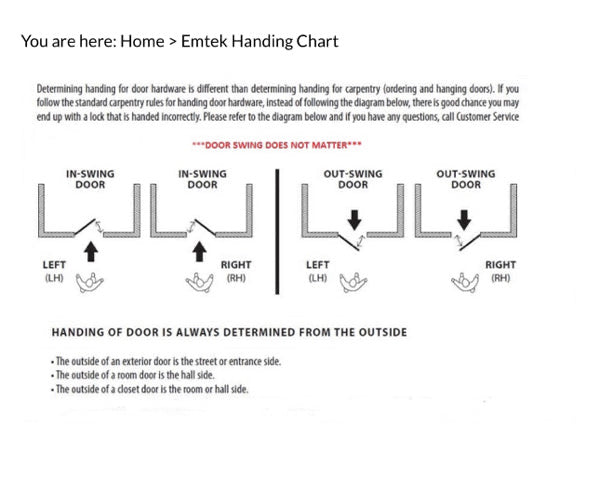A Guide to Replacing Your Garage Door Lock
Garages that are used frequently, or which are exposed to the elements for a prolonged period of time, may need to have their door locks replaced. The same applies if you’ve recently given garage access to someone whom you no longer want to be able to access it. If your garage door lock is damaged, faulty, rusted out, or you simply want to change the lock, you should have it replaced sooner, rather than later.
How easy is it to change the lock on a garage door?
In many cases, it can be a relatively simple job, but you might need some guidance from a locksmith if you want to change the type of lock you’re using, or aren’t sure which type of lock would work best for your garage.
Often, the set screws are located on the interior side of the garage door, and if you can access these, you can replace the lock. However, this does require entry into the structure before it can take place, and again, you might prefer the expert guidance of your local, licensed locksmith.
How much should you spend?
It’s entirely up to you what type of lock you purchase, and you can spend as little as $35 should you so choose. However, keep in mind that garage door security is paramount, especially if burglars can access your home from inside it, so it’s always worth paying for a high security lock and having it professionally installed.
Does your automatic garage door require a lock?
Well, an extra layer of security is always beneficial, especially for when you’re away from home or on vacation.
How secure are standard garage door locks?
The average garage door lock offers a low to medium level of protection, and so it’s always worth upgrading to a more secure type of lock to protect your garage and its contents, and in many cases, your home, too. A quick chat with your local locksmith will help you decide which lock to choose.
Below are the most commonly used garage door locks, along with guidance for changing them:
- T-Handle locks
T-shaped garage door locks have a keyed cylinder in the center, on the outside of the door, and there is usually a second T-handle or lever on the inside, with tensioned cables that are attached to latches on either side of the door.
To replace this type of lock, you’ll need to have access to the inside of your garage, ideally the help of a second person (or a qualified locksmith), and be able to reuse the hardware to prevent the need for having to widen or drill more set holes.
- Rim locks
With a lock cylinder visible from the outside and the body of the lock on the inside, a rim lock has its set screws on the thumbturn and hardware on the interior of the garage. To replace this type of lock, the set screws are essential.
To replace this type of lock, you’ll need to do so from the inside of the garage, and replacing the cylinder prevents the need for drilling new holes. If doing so, though, take note of the diameter of the cylinder and dimensions of the tailpiece for partial replacement.
A garage door without a lock is like an open invitation for burglars, and if yours is without one, or you need to get it replaced for any reason, reach out to your local, licensed locksmith before it’s too late.
